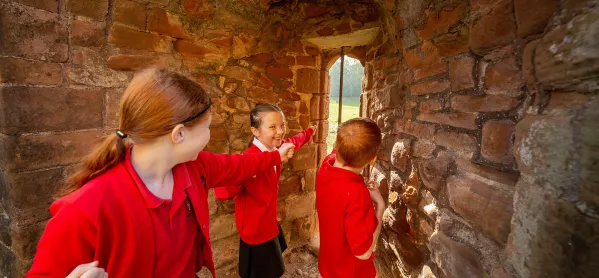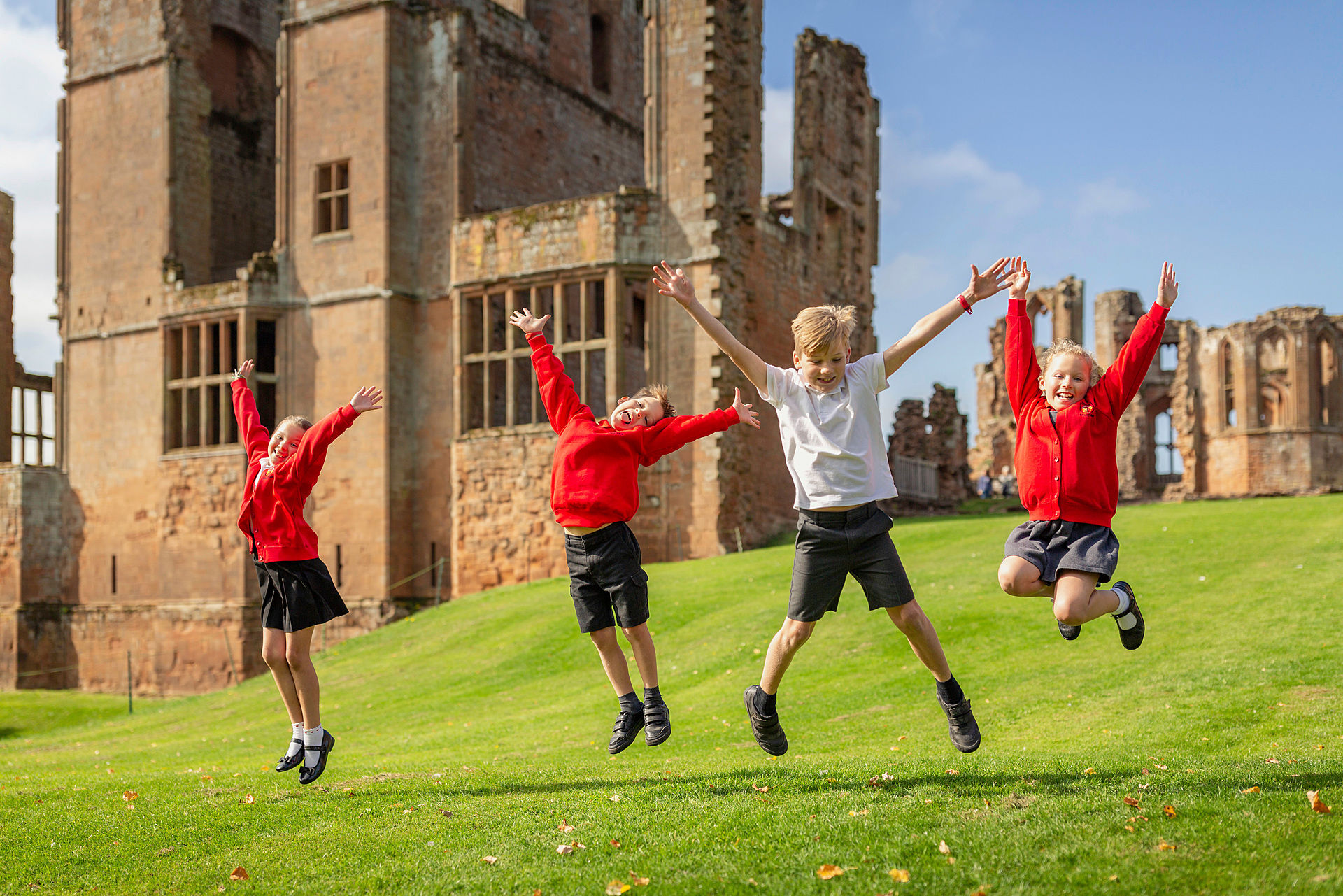How to plan a school trip with Covid restrictions

Somewhere, in all of our memories, there is a childhood school trip that stood out. A day (or more) of unforgettable fun and learning that has imprinted itself on our minds forever.
But when the Covid-19 pandemic took hold of the world last year, the number of school trips decreased instantly, and dramatically. With schools closed and government guidelines advising against anything but essential travel, it made sense for excursions to be put on pause.
Now, as school life returns to a new kind of normal, teachers are finding safe ways to offer these rich learning opportunities to their students once again.
In case you missed it: 10 history trips that will bring learning to life
Related: Four ways historic trips develop key skills
Further reading: How to make the most of your field trip
Raminder Mann is a Year 4 teacher at Priors Field Primary School in Warwickshire, and recently organised a highly successful history trip for her class to nearby Kenilworth Castle. This yearly trip sees students visit the castle to learn about Tudor England, in order to produce a leaflet advertising it, combining their skills in English, history and even religious studies. So how did she do it?
Organising school trips during Covid
Risk assessment
The term “risk assessment” is capable of sending shivers down teachers’ spines at the best of times, and it is even more complicated than usual in the current climate. But Mann says it was far less stressful than you might imagine.
“It really wasn’t difficult,” she says. “Because of the restrictions, we used information from the Public Health England website, and added that to last year’s risk assessment. Then we made sure that everybody, including the TAs and the children, was absolutely clear on what it said.
“The team at the castle really looked after us and had made changes to their normal practice so that the risk assessment was easier. For example, they let us use the stable door so we wouldn’t have to walk around the castle to use the main entrance.”
Guidance
Getting to grips with the seemingly ever-changing government guidance can be a daunting prospect when just looking at a day in school, so was it a headache to study ahead of a trip?
“It was actually very easy to stick to the guidance,” Mann continues. “Mainly because it was all signposted; I didn’t have to do any extra reading other than what we already do.
“A lot of it is common sense anyway. My students know what the rules about safe distancing and hygiene are, and are very happy to follow them.”
Location
“When it comes to choosing a location, go for a place where most of your visit will take place outdoors,” Mann says.
While this may mean some old favourite venues are on the no-go list for the moment, it opens up a world of outdoor monuments, historical sites and gardens, ruins and areas of natural beauty. Then, Mann explains, it’s all about making sure you are familiar enough with the space to feel relaxed on the day.
“I recommend visiting the location on two occasions. Once to make sure it is suitable before planning even begins, and then once again just before the trip, in order to be able to visualise exactly what restrictions will look like on the day. I would also say to choose somewhere local.”
Silver linings
Just as the extreme challenges of lockdown brought their own unexpected bright sides for many, Mann says that there are silver linings to be found in how students experience school trips during this time.
“We couldn’t use clipboards this year because of the guidance,” she says. “I was thrilled to see that, for the first time, the students were freed to really look around and take in what was around them, and, more importantly, to ask questions and initiate some really productive conversations. That was an unexpected consequence.
“We also found that there were fewer visitors in the castle, which was great for us as a group.”
Raminder’s top tips for a successful school trip

Pre-plan your schools trip like you mean it
Before you even start planning the trip itself, do your research and find out what the rules are at the location you’re considering visiting. What are the ratios of adults to children allowed? What safeguarding measures are in place? What elements are available at the moment?
Don’t go overboard with your risk assessment. Start with your old one and then visit the government’s website to add detail from the latest guidelines. You can also talk to the site/attraction you’re visiting to check if they have risk assessments and related resources they may be able to share with you.
Less is more
Don’t be overambitious with your plan for the day. Keep it to a few activities and you’re far more likely to get the balance right and provide a meaningful experience for students.
Relax
If you are anxious, your students will sense it and get worried, and then they may not get the most out of the experience. If you do all your homework and make sure your preparation is all in place, there is very little to be concerned about.
Make the school trip memorable
We don’t plan trips to boost grades, we do it for the children, so we can create powerful memories that link to their learning. Remember that’s still the aim of the game and you won’t go far wrong.
Elena Diaz is a head of MFL at a secondary school
